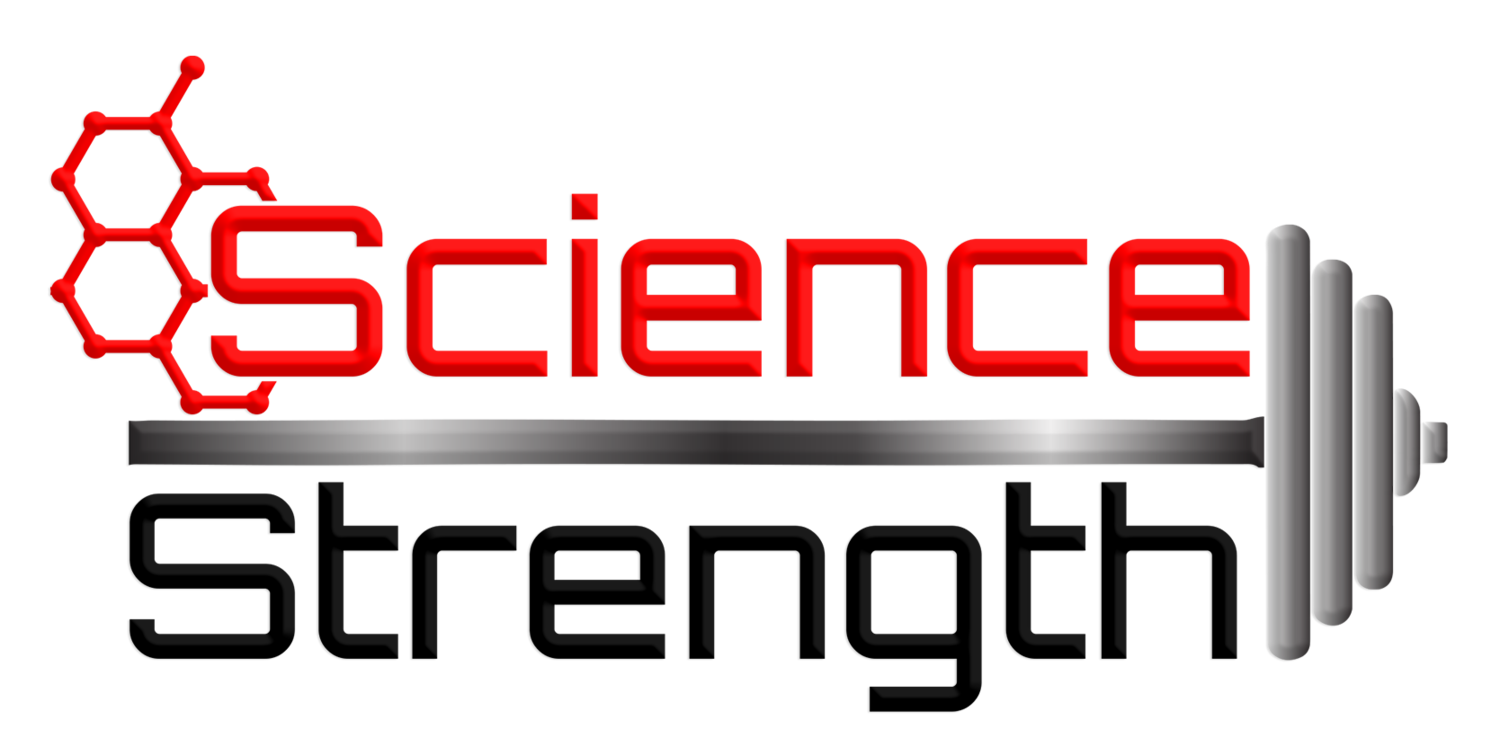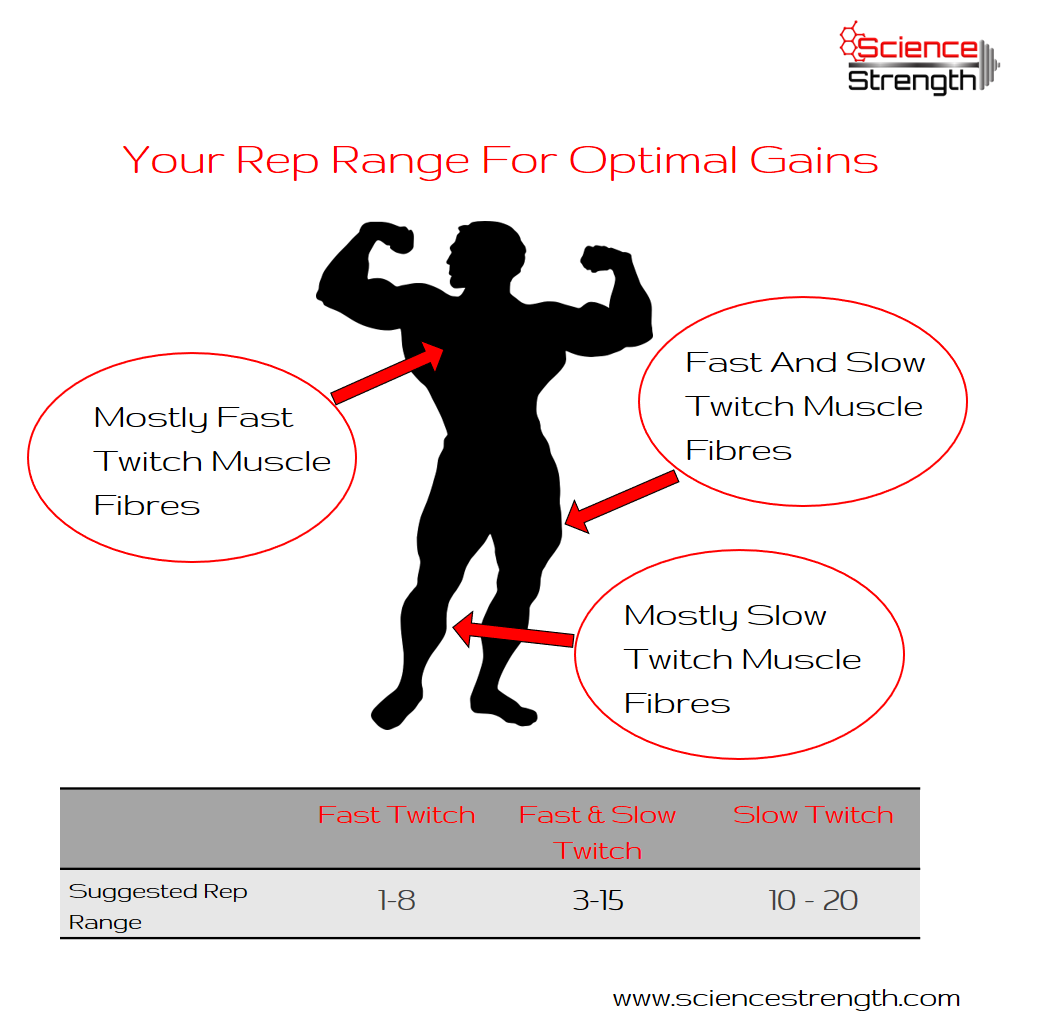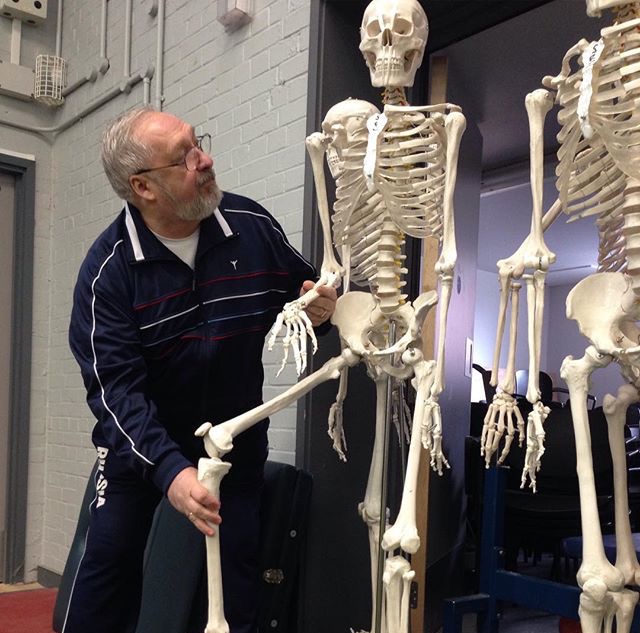One question I get asked pretty often is:
How to design a training program for fat loss?
My usual answer is: You don’t need to do a special training program to lose fat; What you really need to do is to sort out your diet and to create a calorie deficit!
Even though this is the most important thing you have to address, there are a few tweaks you can do for your training that will help you lose fat faster.
First of all, let’s agree on what you want to achieve by training and dieting at the same time. It’s most likely
- Losing fat
- Not losing muscle (or even building muscle, which is a bigger challenge, but not unrealistic with a well-designed training program especially for beginners to lifting)
In order to lose fat you need to burn more energy than you consume, it’s a no-brainer. However, the biggest problem I see among my clients is that they don’t move enough to burn sufficient energy to see weight loss, even if they eat a low-calorie diet.
To be honest, the same applies to me! I sit most of the day in front of my computer and my energy expenditure by the end of the day is around 1200 kcal. Where should I cut calories from if I want to lose weight? There isn’t anything to cut from. For this reason, the most important thing in such cases is to increase the energy expenditure by moving more. You can do it by choosing to walk or cycle into to work if possible or to take short walks in the morning, your lunch break or in the evenings or even by increasing your energy expenditure during your workouts. And here the workout design comes into place.
If you don’t move enough throughout the day, you will need to move more during your workout. The things you can do are:
- Increasing your repetition range to 8-15 repetitions, in the case that you trained in a low rep range targeting strength gains before
- Decreasing your rest periods: Don’t wait 5 min to recover between the sets. If you use lighter weights and higher rep ranges, 2-3 minutes should be enough
- Move while you are resting: In the rest periods between sets I usually walk around in the gym to get more movement in and burn more calories
- Pair-set- exercises: Instead of completing all sets of one exercise and then going to the next, you can pair set two exercises, which will save time and keep you moving throughout your session. This in turn burns more calories.
How to do it: Do the first exercise, then rest for about one minute while walking to the equipment you need to perform the second exercise. Do a set of the second exercise, then rest of a minute while returning to the place where you have done the first exercise. Do a set of the first exercise, and start all over again.
Tip: Sometimes, depending on the gym I train in, I try to structure the exercises in a way so that I need to walk for some time when I transition between exercises. I would choose a piece of equipment that is located on one side of the gym for exercise one and the equipment that is located on the other side of the gym for exercise 2.
But what about HIIT?
Aren’t we supposed to burn lots of energy in a short time and get the super high after-burn effect that will make us burn fat for hours after the workout?
Without going into details I can say just one thing: If it sounds too good to be true, it is most likely not true or not as significant as we want it to be!
The same applies to HIIT. It’s not only that the afterburn effect is not as high as we want or need it to be, but it is also my experience that HIIT is highly taxing and makes it difficult to recover from (especially for women). Due to the effort that is put into HIIT, the general exhaustion level increases and strength training - the training we really need during fat loss to maintain the muscle mass! - suffers.
Also, don’t forget, the day has 24 hours and you have to put in constant effort in working on your weight loss goal. You can’t expect that 15 min HIIT a day is enough to create an energy deficit that is high enough if you sit on your ass 99% of the time you are awake!
I hope this article has shed some light on the sad fat loss reality, which we often don’t want to hear and has inspired you to increase your daily movement, if fat loss is your goal.
Are you confused about different diets and HOW MANY CALORIES you should eat?
Are you unsure what TRAINING PLAN is best for YOU?
Then check out ScienceStrength packages to get the results YOU want:
Personalized Macros Package
will optimize your diet by providing you individualized calorie and macronutrient targets for YOU and YOUR goal (weight loss, muscle gain or maintenance), tables with portion sizes and substitution options, meal suggestions with different macronutrient and energy content, delicious high-protein recipes AND the
'Fit Your Macros' Calculator + Video Tutorial on how to use the calculator. The calculator will make it easy for your to understand how to fit your macros. You can use it to make your diet versatile and include new foods.
Training Plan Package
will give you highly effective workouts custom tailored for YOUR training stage. Whether you are a beginner, intermediate or advanced lifter and your goal is building muscle and strength in the most efficient way, this package will give you the workouts you need. There are different options to choose from; whole-body workouts, upper-lower body split workouts and 3-day body-part split workouts with volume and training frequency adjusted for YOUR training stage.
Curious?



























